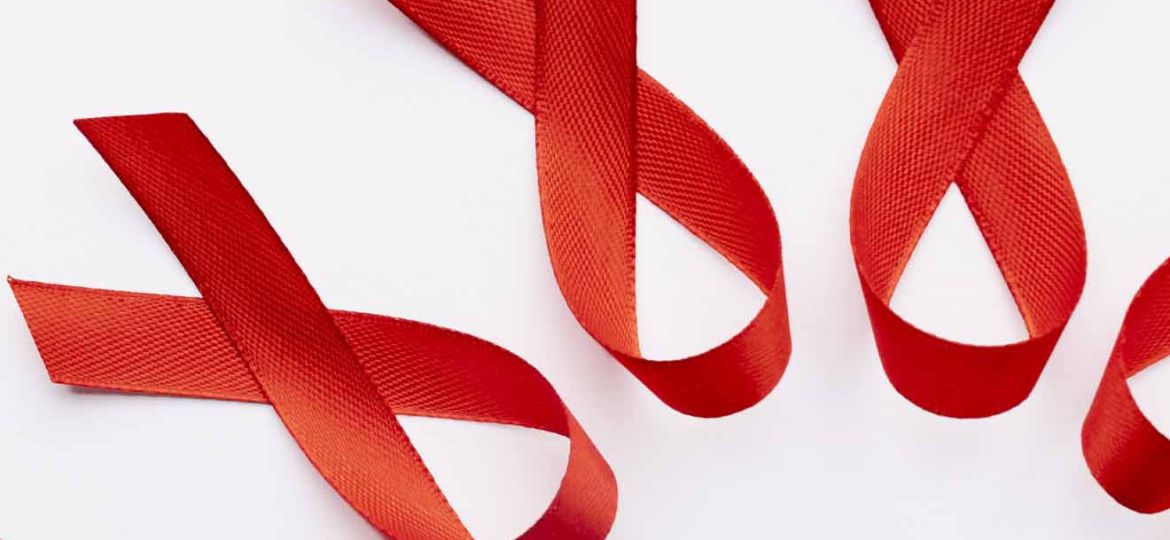
HIV stigma is a pervasive issue that continues to affect individuals living with HIV/AIDS, perpetuating fear, discrimination, and prejudice. This article explores the concept of HIV stigma, its manifestations in society, its detrimental effects on the emotional well-being of affected individuals, and what can be done to combat it.
What is HIV Stigma?
HIV stigma encompasses negative attitudes and beliefs directed at people living with HIV. It involves prejudiced labeling that categorizes individuals as part of a socially unacceptable group. Here are some illustrative examples of HIV stigma:
Believing that only certain groups of people can contract HIV.
Passing moral judgments on individuals taking preventive measures against HIV transmission.
Feeling that people deserve HIV because of their life choices.
What is Discrimination?
Discrimination, in contrast to stigma, refers to the observable behaviors that arise from these negative attitudes and beliefs. HIV discrimination manifests when people living with HIV are treated differently from those without HIV. Some examples of HIV discrimination include:
Healthcare professionals refusing care or services to individuals with HIV.
Avoiding casual contact with someone living with HIV due to unwarranted fear.
Socially isolating community members solely because of their HIV-positive status.
Using derogatory terms like “HIVers” or “Positives” to refer to individuals.
Effects of HIV Stigma and Discrimination
HIV stigma and discrimination have far-reaching consequences, particularly on the emotional well-being and mental health of individuals living with HIV. These individuals often internalize the stigma they encounter, leading to negative self-perceptions. They may fear discrimination or negative judgment if their HIV status is revealed.
This internalized stigma, often termed “self-stigma,” can result in feelings of shame, disclosure anxiety, isolation, and despair. These emotions may hinder individuals from seeking HIV testing and treatment, perpetuating the spread of the virus.
Causes of HIV Stigma
HIV stigma is rooted in fear, often stemming from early misconceptions about the virus that emerged in the 1980s. Misunderstandings about HIV transmission and what it means to live with HIV persist to this day. The lack of accurate information and outdated beliefs contribute to the perpetuation of stigmatizing attitudes. Additionally, the misconception that only specific groups are at risk of HIV fosters negative judgments about those living with the virus.
Addressing HIV Stigma: A Call to Action
To combat HIV stigma effectively, several steps can be taken:
Open Dialogue: Encourage open discussions about HIV to normalize the subject and dispel misconceptions. Use resources like the “Let’s Stop HIV Together” stigma language guide to ensure conversations are constructive and respectful.
Take Action: Each one of us can contribute to ending HIV stigma through our words and actions in daily life. Lead by example with supportive behaviors, and utilize resources like the “Let’s Stop HIV Together” stigma scenarios for guidance when witnessing stigma. You can also publicly pledge to combat HIV stigma by downloading a customizable pledge card to share on your website, blog, and social media channels.

